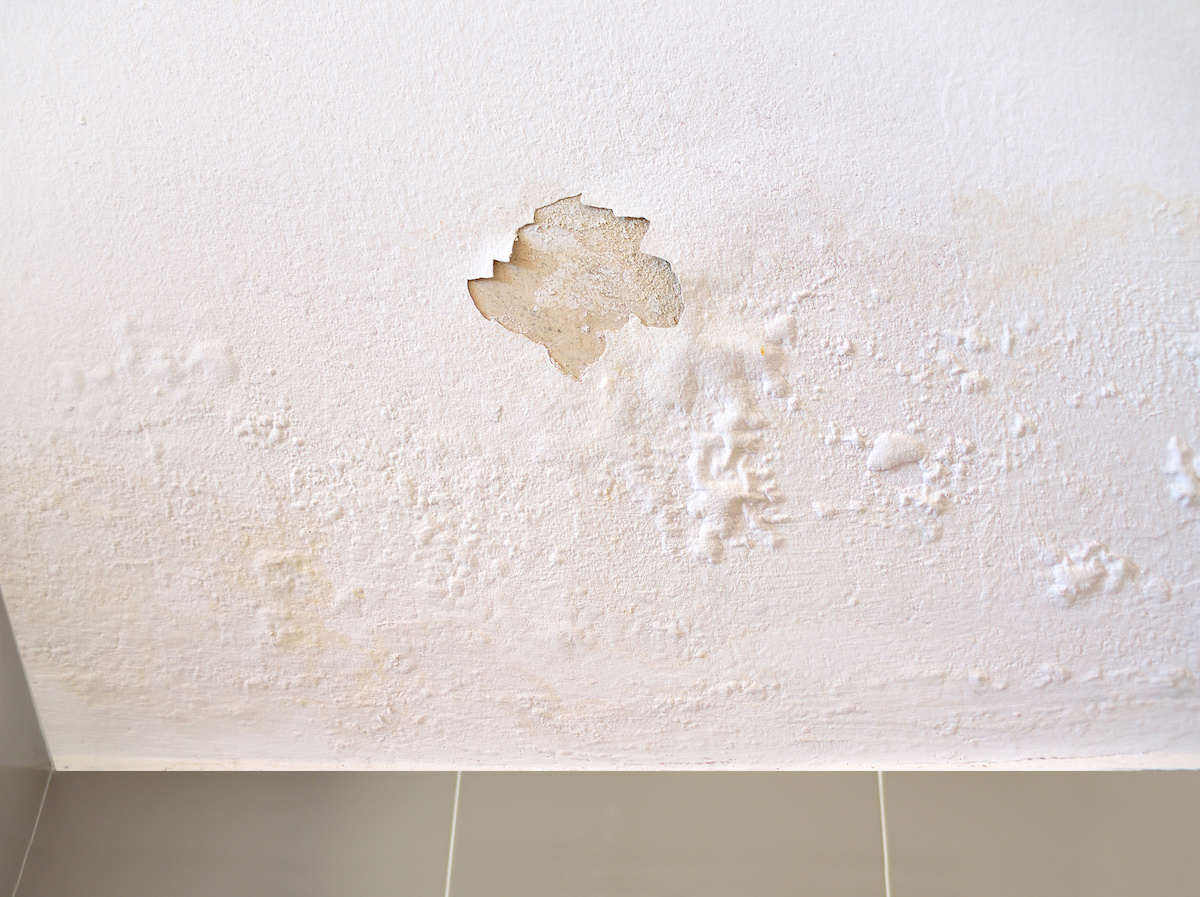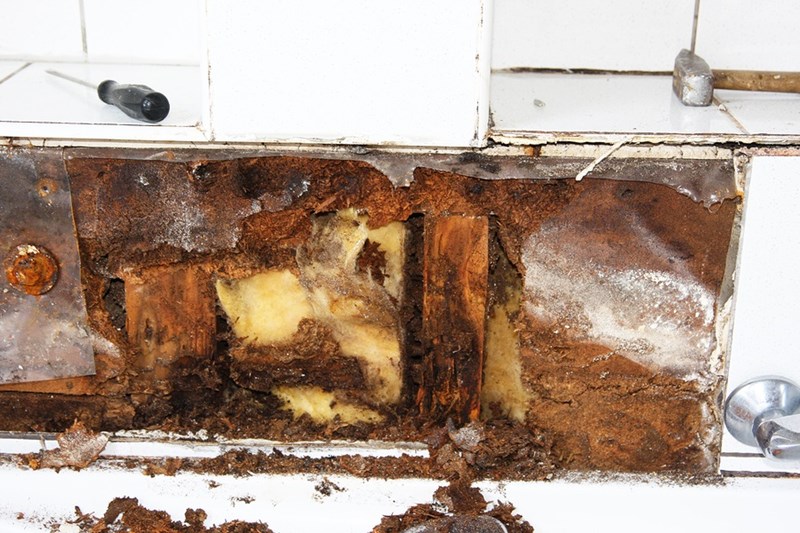Searching for Signs of Water Damage in the Bathroom
Searching for Signs of Water Damage in the Bathroom
Blog Article
The publisher is making a number of good points relating to Looking for Signs of Water Damage in the Bathroom in general in this article down below.

The bathroom is extremely vulnerable for wet buildup and also possible water damages as a result of the constant use water in it. This write-up supplies straightforward examination strategies to aid spotting water damage risks.
The regular use of water in the bathroom makes it extremely vulnerable for wet buildup and also prospective water damages. By examining it routinely, you can reduce water associated damages.
The following collection of assessments is easy to perform and also ought to be done once in every 3 months in order to maintain your restroom healthy as well as to avoid potential water problems triggered by the bath tub, the shower, pipeline joints and plumbing, sinks, closets, as well as the toilet
Do not forget doing these inspections and also be extensive while doing them. Keep in mind that these straightforward examinations can save you a lot of cash by supplying early signs for water damages
Bathtub and Shower
The shower and also tub need special focus as well as maintenance. Examine the ceramic tiles and change if broken. Make sure that there is no missing out on grout in between the ceramic tiles. Evaluate as well as change split caulking at joints where the walls fulfill the floor or the bath tub. Blocked drains as well as pipes troubles will protect against the tub from drying as well as may show serious troubles below the bath tub. Speak with a specialist instantly to stop structural damages. Focus on discolorations or soft locations around the tub wall surfaces as they may show an internal leakage.
Plumbing
Signs for water damage are difficult to detect considering that most pipes are mounted inside the wall surfaces.
Pay special focus to flooring as well as wall surfaces moisture as well as stains as they may show an unnoticeable plumbing issue. Examine moisture degrees in adjacent rooms also.
Sinks and also Cabinets
Sinks as well as closets are exposed to wetness and also humidity everyday as well as are often neglected. Evaluate regularly under the sink and on the counter top over it. Repair any type of drip in the catch as it might suggest drain issues. Check out the sink, slow draining pipes might show a blocked drain. Replace sink seals if they are split or loosened.
The Toilet
The toilet is a prone water joint. Examine the water lines and also search for leaks around the bathroom seat, in the pipe, and also under the water tank. If you spot any type of indications of dampness on the flooring around the toilet, check for leaks in the toilet rim as well as tank seals.
Know that hanging commode bowl deodorants boosts the opportunities for obstructions.
Water Damage Signs In The Bathroom To Avoid Cleanup
Musty smell
This is one of the easiest signs to catch because musty smells are so odorous. The damp, earthy, moldy smell should be a big red flag. The smell will develop when moisture gets trapped in surfaces, and begins to facilitate mold growth. Leaking pipes under cabinets, inside walls, and behind shower fixtures will cause moisture to stay trapped and not dry, which will lead to mold growth and spread. As soon as you notice any musty smells in your bathroom, have it checked for hidden water damage and cleanup signs.
Visible mold
If the smell isn’t there to give it away, sometimes you will actually see mold growth. Finding mold in your bathroom is a serious problem, because mold is very harmful to your health. By the time mold growth is visible, it also means that water damage has already occurred and been present for some time. The only way the mold problem can be resolved is to find the source of the moisture and get it stopped. To safely and adequately remove mold, you need to have professionals handle the remediation. Do not waste any time in getting mold problems addressed, fixed, and sanitized so that you can protect you and your family from the many respiratory symptoms caused by mold exposure.
Damaged floors
Bathroom floors should be able to withstand some exposure to water while still remaining in good condition. However, when excess exposure or water leaks occur, they will begin to damage even the most water-resistant flooring. If you notice any cracking, bubbling, staining, or warping on your bathroom floors, there is probably a water leak somewhere causing the distortion. If you notice areas of the floor have become softer, or even have a spongy feeling, there is probably damage to the subfloor. Subflooring is typically made up of plywood. When plywood is exposed to water or moisture, it will absorb it. Once it has become saturated, the weight of the excess water will cause the wood to swell and soften. Check the floors in your bathroom frequently to catch any of these sings before they lead to damaged subflooring.
Changes on walls
When water leaks behind walls, it will cause changes in the drywall. Peeling plaster, blistering paint, and soggy wallpaper are all good indicators that excess water is building up behind the wall. Water leaking behind drywall will cause it to swell and be soft to the tough. If you start to notice gaps along the trim of your walls, or where tile meets the wall, it could also be a strong indicator that there is a leak behind the wall. Any changes, distortion, or damage on the walls should be evaluated as soon as you notice it to prevent further water damage and cleanup.

Do you enjoy more info about How to Fix a Water Damage Bathroom? Write a short review further down. We'd be pleased to see your responses about this entry. Hoping that you come back again soon. Do you know another person who is fascinated with the niche? Please feel free to share it. We love reading our article about Common Causes of Water Damage in a Bathroom.
Click For More Information Report this page